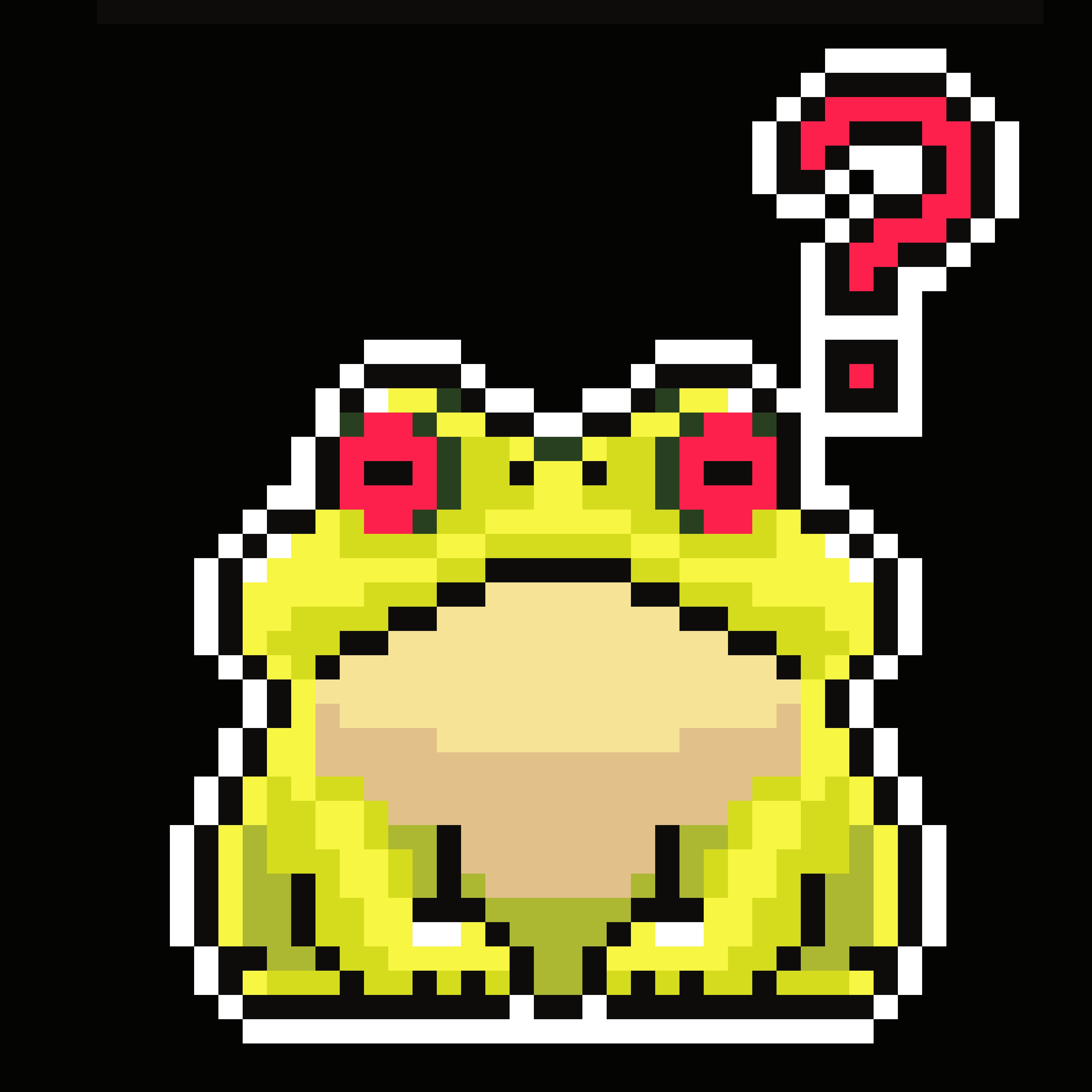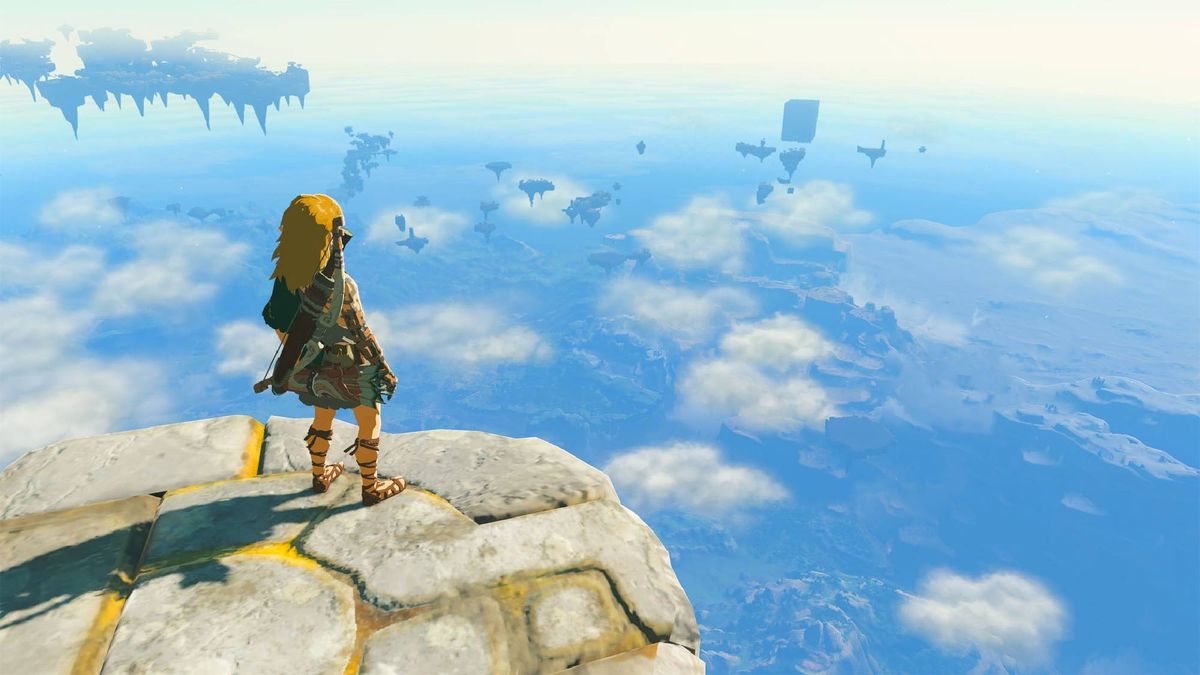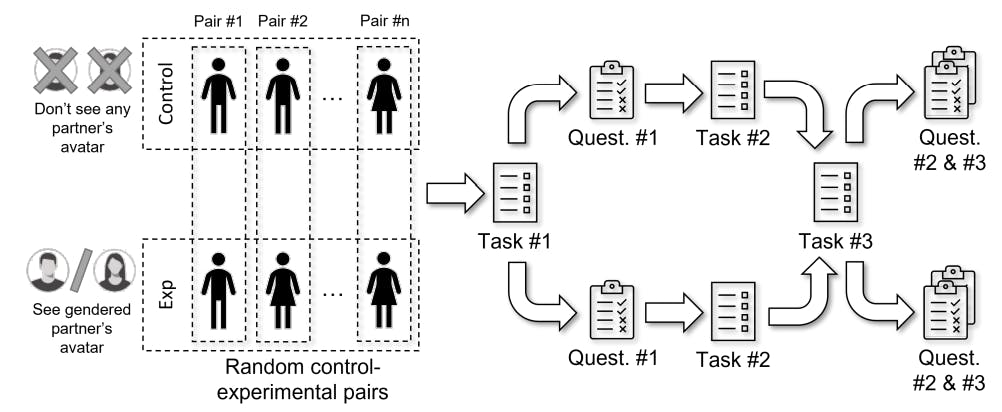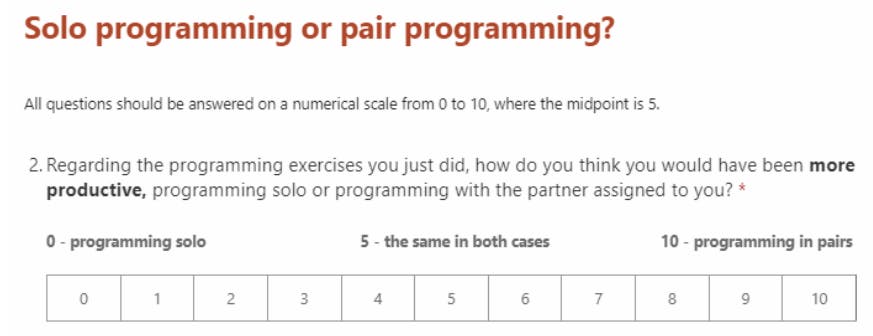Thank you for having elevated our evergreen community, We cannot wait to hear your story 💚
Introduction
“the frog society” started as an experiment—a space to document the chaos of the internet, technology, and human behavior in a world that’s evolving faster than we can process. I created it not just as a blog, something meant only for you to throw words on, but as a place to dissect the things that make us tick, challenge the way we think, and explore the intersection of digital culture and human psychology.
Why “the frog society”? Because we’re all frogs in boiling water, slowly adapting to changes we don’t fully understand until they’ve already reshaped our world. From the rise of AI to how social media rewires our brains, I explore the unseen forces shaping our digital lives, often through a futuristic lens.
Who Am I?
I’m Duy, a writer and a digital culture observer. I’ve spent years diving into online communities, analyzing internet phenomena, and questioning why we engage with technology the way we do. My background includes marketing, community building, and human resource development, but at my core, I’m obsessed with how people interact with information and each other in the digital age.
What Do I Do?
- Not being an actual expert on the things he writes about.
- Getting yelled at by people who think he thinks he’s an expert on the things he writes about.
- Picking a topic for the week’s post, then realizing it’s unbearably convoluted after diving in and thinking if only I were writing about that other thing instead, it’d be so much easier—switching to that other thing and realizing it’s an even bigger mess.
- Passionately underestimating how long each post will take as if this time will be different.
- Opening three browser windows with 42 research tabs in each, teetering on the edge of the danger zone where the tab icons disappear into oblivion.
- Sketching out drawings and diagrams that make sense only in the heat of the moment.
- Getting side-eyed for using profanity, even when it’s absolutely necessary.
- Writing posts
every Thursdayevery two weeksabout some grand internet or societal phenomenon, only to realize halfway through that it’s actually just another psychological shortcoming. - Waging a 75-minute war with Substack’s formatting because it fundamentally opposes the concept of alignment.
How Did You Start Writing?
I never set out to become a blogger. Writing, for me, was more of a necessity than a choice—a way to process the chaos of information, ideas, and unanswered questions constantly circling in my mind.
It started as a fun experiment. I took a blogging class by Akwaaba Tung and Tuan Mon, not because I had any grand ambitions but because I was curious. I wanted to see if I had anything worth saying. That class gave me my first push—not just to write, but to write publicly. And once I started, I couldn’t stop.
The Internet has always fascinated me. It’s a place where culture, technology, and human psychology collide in ways we barely understand. I grew up immersed in digital spaces, observing how people interact online, how trends spread, and how communities form and fall apart. At some point, I realized that if I didn’t start writing about what I was seeing, I’d drown in it.
What Inspired Me to Pursue This Path?
I think it started with frustration. I kept seeing conversations about technology, social media, and internet culture that were either too shallow or too extreme—either blind hype or complete rejection. The world wasn’t black and white, but the way people talked about it often was. I wanted to explore the gray areas.
Then came the obsession with patterns. Why do certain platforms succeed while others die? Why do we keep falling for the same internet traps? What makes a piece of content go viral? Writing became my way of connecting the dots.
Over time, it wasn’t just about explaining things anymore—it became about challenging narratives and making people think. If I could write something that made someone pause, reconsider, or even argue with me in their head, then it was worth it.
What Sparked My Passion for Writing?
I don’t have a romantic story about writing. I didn’t dream of being a writer as a kid. I didn’t have a favorite novel that changed my life. What I did have was an obsession with understanding—and writing became the best way to do that.
It turns out, that when you write long enough, you start to love the craft itself. The way words can shape emotions, the way structure can turn ideas into arguments, and the way a sentence can hit differently depending on its rhythm. Writing is thinking, and I like thinking in public.
That’s why I blog.
How Has Technology Impacted The Way You Write?
Blogging in the digital age is both a gift and a curse. On one hand, technology has made it easier than ever to publish, share, and reach people across the world.
On the other, it’s a relentless battle against algorithms, short attention spans, and an overwhelming flood of content.
When I started “the frog society”, I thought the hardest part would be writing. I was wrong. The hardest part is staying relevant—figuring out how to keep people engaged when there’s a new viral trend every five minutes. It’s about understanding not just what to write but how to get people to care.
Technology has been my best tool and my biggest distraction. Here’s how I’ve used it to refine my craft and build my blog:
-
Research & Data Analysis AI Tools & Search Engines: I use tools like ChatGPT to brainstorm ideas, refine arguments, and see different perspectives on a topic. But for deeper research, I turn to Sci-Hub, Google Scholar, and academic sources to ensure my writing is grounded in facts.
-
Obsidian: My second brain. I store research, outline blog ideas, and refine my thoughts before drafting.
-
Distribution & Engagement: I publish on HackerNoon to reach a tech-savvy audience interested in digital culture, internet trends, and emerging technologies. Substack allows me to build a direct relationship with readers, free from algorithmic interference.
-
SEO & Analytics: I track which posts perform well using Google Analytics and platforms’ built-in insights to understand what resonates with readers.
At the end of the day, technology is just a tool. The real work is in thinking deeply, writing honestly, and creating something worth reading.
Share About Your Journey Highlights?
-
My First Viral Article on HackerNoon: Publishing on Hackernoon was a turning point. It wasn’t my first blog post, but it was the first time my writing reached an audience far beyond my usual circle. Seeing thousands of people read, comment, and share my work made me realize that my words had the power to spark conversations. That validation fueled my confidence and pushed me to take my writing more seriously.
-
Getting Recognized and Connecting with Readers: There’s nothing quite like getting messages from readers who say my writing helped them think about a topic. Whether it’s through Substack, HackerNoon, or my personal social media, these interactions remind me that blogging isn’t just about broadcasting ideas—it’s about creating a dialogue with your readers, especially in this new creator economy.
- Building “the frog society”: I started “the frog society” as a small, personal project, but it grew into something more—a space where I could analyze technology, internet culture, and human behavior without the constraints of traditional media. The moment I saw people subscribing and engaging with my work, I knew I had built something that mattered.
The Lows: The Struggles of a Writer
One of the most frustrating things about writing online is that quality doesn’t always win—visibility does. I’ve put a ridiculous amount of effort into some posts, only for them to flop, while others that I barely thought about somehow took off. One of my most-read posts on Hackernoon is also one of my worst-performing ones on Substack.
A well-researched, thought-provoking piece can get ignored while a flashy, clickbait-y headline gets all the engagement. At some point, I had to accept that writing well isn’t enough—you also have to figure out how to get people to actually see it.
Then there’s the burnout. Writing long, analytical pieces regularly is exhausting. There have been days when I’ve stared at my screen, completely drained, wondering if I’m saying anything meaningful or just adding more noise to the internet. The trick (which I’m still figuring out) is to pace myself—writing in cycles instead of trying to force constant output. Some weeks, I’m full of ideas and motivation. Other weeks, I barely get anything done. I’m learning to be okay with that.
And then there’s my worst habit: losing interest midway through. I’ll get super excited about an idea, write a strong intro, and then—nothing. The topic suddenly feels boring. I start overthinking it. I convince myself there’s a better idea I should be working on instead. Right now, I have over 50 unfinished drafts just sitting there because I ran out of steam. I’d love to say I’ve figured out how to fix this, but honestly, it’s still a work in progress.
What’s Your Creative Process?
I wish I could say I have a disciplined, structured writing routine, but the truth is, my process is as chaotic as I am. I don’t sit down at the same time every day with a cup of coffee, ready to type out things. Instead, writing happens in bursts—usually when an idea refuses to leave my head.
That being said, I do have a few habits. I take notes constantly—random thoughts, half-formed arguments, and interesting patterns I notice online. My phone’s notes app and my Notion workspace are filled with fragments of future essays. When I finally sit down to write, I sift through these scraps, looking for something that still sparks interest. If I’m lucky, the momentum carries me through a full draft. If not, I leave it and come back later.
I’ve also learned to embrace writing in layers. The first draft is a mess and barely readable; the second is where I refine my thoughts, and the third, fourth, fifth, and so on, where I make sure it actually makes sense to someone who isn’t me. Some pieces take a day, others take weeks. Either way, I write until I feel like I’ve said something worth reading.
How Do I Get Ideas for My Articles?
Most of my ideas come from frustration, curiosity, or both. I’ll notice a trend online that doesn’t sit right with me, a conversation that feels incomplete, or a pattern that keeps repeating itself. Sometimes, I start writing because I don’t fully understand something, and the only way to make sense of it is to work through it in an article.
I also pay attention to the gaps in discussions. If everyone is talking about a topic in the same predictable way, I try to find an angle that hasn’t been explored yet. What are people missing? What assumptions are going unquestioned? Those are the questions that push me to write.
And, of course, there’s the occasional moment of inspiration—stumbling upon an old book, hearing a passing comment in a conversation, or rereading something I wrote years ago and realizing I have a completely different perspective now. Ideas are everywhere. The challenge is knowing which ones are worth chasing.
Your Favorite Memory/Article(s) to This Day?
One of my favorite moments as a writer wasn’t about publishing a piece—it was about what happened after. I tend to keep a certain distance between myself and my writing, focusing more on analysis than personal storytelling.
So when readers started replying to my emails, sharing their own thoughts, experiences, and even disagreements, it caught me off guard. Writing, for me, has always been about dissecting ideas, not necessarily putting myself out there. But somehow, my words resonated with people enough that they felt compelled to reach out.
It’s rare for an analytical writer to receive that kind of personal engagement—most of the time, you expect your work to be read, maybe discussed, but not necessarily responded to in such a direct way. And yet, there they were—emails from people who had taken the time to think about what I wrote and wanted to continue the conversation. That’s when I realized that writing isn’t just about presenting ideas; it’s about creating a space where those ideas live beyond the page. It made me rethink the kind of writer I want to be—not just someone who analyzes from a distance but someone who engages, even if that means stepping a little further out of my comfort zone.
One of my favorite articles I’ve written is “One Size Fits Men.” It started as an observation—how so many aspects of society, from clothing to career expectations, education, and even healthcare, are designed with men as the default. The phrase “one size fits all” rarely holds up in reality, but it especially fails when “all” is actually just “men.”
Writing this piece was a strange experience for me as a man because, for the longest time, I never really noticed the problem. Things worked for me. Doors opened easily. The systems made sense. It wasn’t until I started digging deeper—reading, researching, listening—that I realized how much of the world is structured around my convenience, often at the expense of women. The absurdity of it all hit me the more I wrote, and I had to constantly check myself: How many times had I overlooked something simply because it wasn’t a problem for me?
How Did You Hear About HackerNoon? Share With Us About Your Experience With HackerNoon.
HackerNoon feels like one of the few places on the internet where writing still matters—where deep dives into technology, internet culture, and digital trends aren’t just welcome but celebrated. It’s refreshing to have a platform that doesn’t force writers to chase algorithms or reduce big ideas into bite-sized, viral-friendly content.
Instead, it gives space for real exploration, for asking big questions, and for engaging with an audience that actually cares.
But the best part of writing isn’t just publishing—it’s the conversations that happen after. I’d love to see more ways to connect with readers directly on HackerNoon, whether through built-in discussions, newsletters for specific writers, or live Q&As. A stronger sense of community among writers, with more ways to exchange ideas and support each other, would also make a difference. HackerNoon has built something special, and with a few more ways to foster real dialogue, it could become not just a great platform but a real home for writers.
What Have You Learnt From Your Journey?
If there’s one thing I’ve learned from this journey, it’s that writing is less about having something to say and more about having the persistence to keep saying it—over and over, refining, rethinking, and reshaping until it finally clicks. The internet moves fast, and it’s easy to feel like your words are just another drop in an endless ocean of content. But the real value of writing isn’t in going viral or reaching millions overnight; it’s in the small moments—when a single reader tells you your words made them think, question, or see the world differently. That’s what makes it worth it.
Writing online has also taught me that consistency beats inspiration. Inspiration is fleeting, but the habit of showing up and putting words down even when they don’t feel perfect is what makes a writer. And in a digital age where attention is currency, the best way to stand out is not only to chase trends but more importantly, to write with depth, honesty, and a clear voice. Readers can tell when you mean what you say. So if there’s any advice I’d give, it’s this: Keep writing, keep questioning, and trust that your voice will find the right people.
Final Thoughts
Writing started as an experiment, but it became a way of thinking—a way of navigating the internet, the world, and even myself. It’s not just about having something to say; it’s about figuring out what is worth saying.
There’s no perfect routine, no secret formula to success. You write, you learn, you rewrite, you rethink. Some pieces resonate; some don’t. But if you keep showing up, eventually, the work starts to shape you as much as you shape it.
So, if you’re thinking about writing—just start. Not because you need to have it all figured out, but because the process itself will teach you more than you expect.














